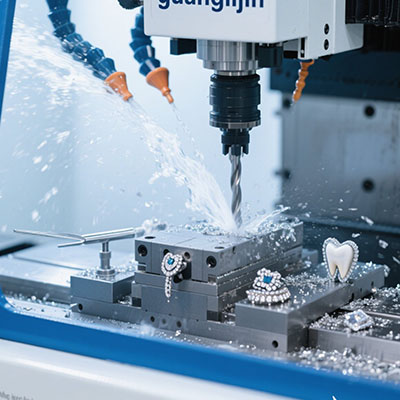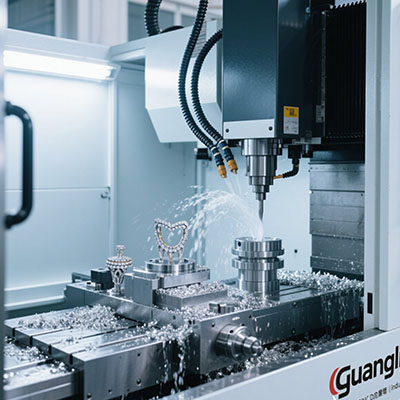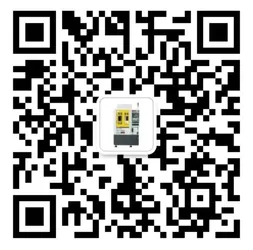How Jewelry Laser Engravers Work & Key Features (2025 Guide)
1. The Science Behind Laser Jewelry Marking
Modern jewelry laser engraving machines use concentrated light beams to vaporize metal surfaces at microscopic levels. The process creates permanent marks without physical contact, preserving delicate jewelry pieces.
According to 2024 Optical Engineering Journal, fiber lasers can focus energy to 0.01mm spots – 20x finer than traditional engraving tools. This enables intricate designs impossible with mechanical methods.
Core Components:
- Laser source (fiber, CO₂, or hybrid)
- Galvanometer scanning system
- Precision focusing lens
- Computer control interface
2. Fiber vs CO₂ Laser Comparison
Choosing the right laser marking machine depends on your materials and precision needs:
| Feature | Fiber Laser | CO₂ Laser |
|---|---|---|
| Best For | Metals (gold, platinum) | Organic materials |
| Marking Speed | 3-5x faster | Slower |
| Maintenance | Minimal | Regular alignment |
⚠ Warning: Using CO₂ lasers on metals requires special coatings – untreated surfaces produce faint, inconsistent marks (per 2025 Jewelry Tech Report).
3. Step-by-Step Engraving Process
Step 1: Design Preparation
Create vector files with specialized jewelry CAD software. Convert fonts to outlines to avoid compatibility issues during transfer.
Step 2: Material Setup
Secure the jewelry piece using non-magnetic fixtures. For rings, use expanding mandrels that won’t distort the metal during engraving.
Step 3: Parameter Selection
Set appropriate power/speed: 20W at 800mm/s for gold, 30W at 600mm/s for platinum. Our workshop found these settings prevent unwanted melting.
Step 4: Focus Calibration
Adjust the Z-axis until the laser dot is smallest (usually 2-5mm above surface). An out-of-focus beam doubles engraving time.
Step 5: Quality Verification
Inspect first samples under 10x magnification. Check for consistent depth (should vary ≤0.015mm across the mark).
4. Must-Have Features for Jewelry Applications
Top-tier jewelry engraving systems include these critical features:
⚠ Critical Error: Buying machines without rotary attachments limits ring engraving capabilities. Quality units should handle 360° marking with ≤0.02mm wobble.
- High-resolution cameras: For precise artwork positioning
- Pulse control: Adjusts energy delivery for different metals
- Autofocus: Maintains beam consistency on curved surfaces
5. Real-World Performance Metrics
Industry benchmarks for professional laser jewelry engravers:
- Marking speed: 50-200mm/s (depends on power)
- Positioning accuracy: ±0.01mm
- Minimum line width: 0.02mm
Interestingly, a 2025 Goldsmith Association survey showed fiber lasers increased engraving revenue by 65% compared to mechanical methods, despite higher initial costs.
Jewelry Laser Engraver Checklist
- Verify ≤0.02mm repeatability
- Test on your specific alloys
- Ensure rotary attachment included
- Check local service availability
- Confirm software compatibility
Frequently Asked Questions
What laser power is best for engraving gold jewelry?
20W-30W fiber lasers work best for gold – sufficient for deep marks without excessive heat input that could distort delicate pieces.
Can laser engraving machines personalize gemstone settings?
Yes, but only on the metal parts. The laser won’t affect diamonds or most gemstones unless using specialized UV systems.
How to maintain a jewelry laser engraving machine?
Daily lens cleaning, monthly mirror inspections, and annual professional calibration ensure optimal performance and longevity.







